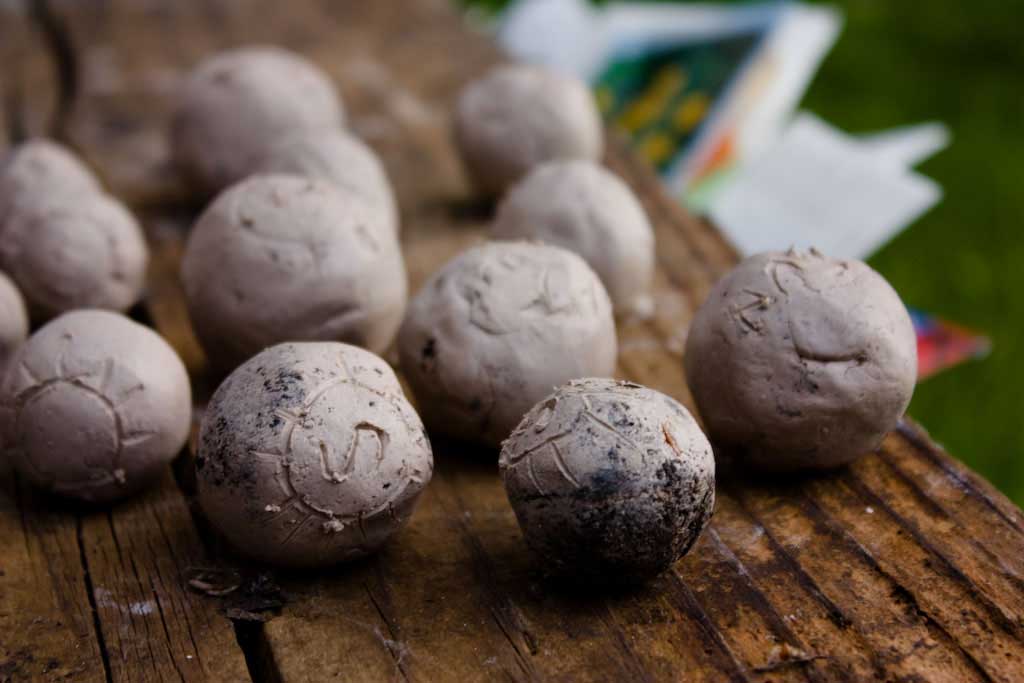
How to make seed bombs - Illustrated tutorial
Explanations and tips
Contents
Seed bombs are the weapon of choice for guerrilla gardening, a militant movement that started in New York in 1973 and aims to use gardening as a means of environmental action to engage with public authorities. Seed bombs are used to green and bring biodiversity to abandoned places, fallow land, riverbanks, wasteland, construction site embankments, and all neglected urban spaces.
This process has become popular; it has turned into a playful, slightly mischievous way to grow flowers where nature is heavily controlled and everywhere it struggles to reclaim its rights.
So today, I offer you a simple and easy little tutorial to learn how to make these peaceful little bombs!
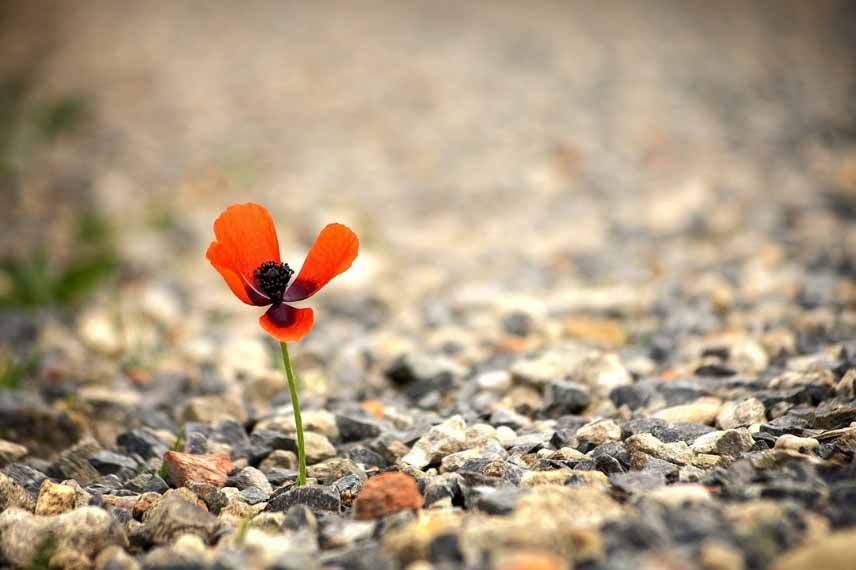
The necessary equipment
To make seed bombs, all you need is to gather:
- powdered or block clay,
- a bit of potting soil or well-rotted garden compost,
- water,
- and of course, seeds!
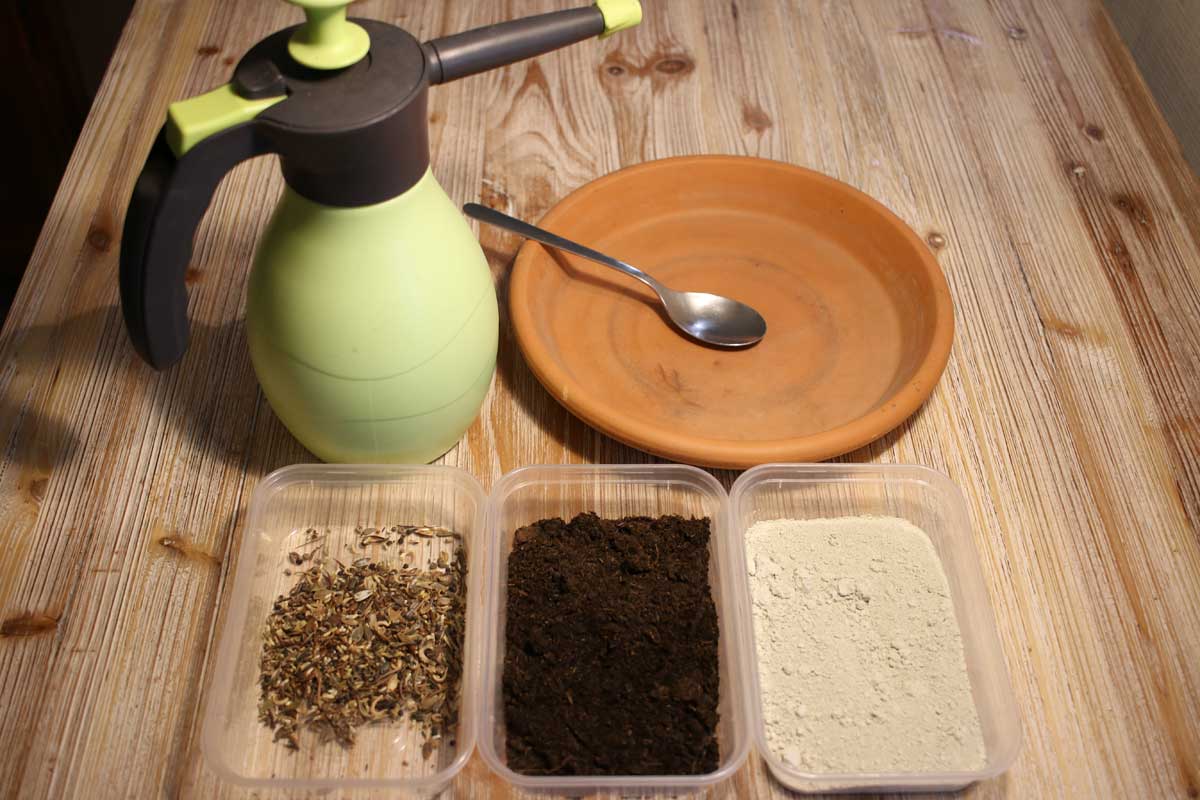
Necessary materials for making seed bombs. Here, a mix of seeds for a flowering meadow, potting soil, and green clay.
Which seeds to choose?
You can either collect seeds from your garden, from nature, or obtain them from friends or simply buy them. When it comes to choosing seeds, you can let your imagination run wild: annual flower seeds, pre-made mixes, or even vegetables, anything goes! The only question you need to ask yourself is: what plants would I like to see growing in this little patch of soil surrounded by this austere tarmac? Flowers for insects will surely brighten up a dreary construction wasteland, but why not pumpkins? They are generally good runners that will eventually venture onto the asphalt!
Here are some ideas from my guerrilla gardener’s mind:
- Flowers: a giant sunflower will surely catch the eye! Borage, with its edible flowers, will certainly delight the curious… Seeds of poppies, cornflowers, marigolds, cosmos, hollyhocks are easy to collect and use in seed bombs.
- Vegetables: imagine pumpkins growing in the middle of a roundabout, tomato plants in an abandoned flowerbed… Fruiting vegetables will surely attract attention even in the year of sowing! But root vegetables too, such as carrots, fennel, and parsley, produce beautiful flowers in their second year, extremely attractive to a host of insects!
- Fast-growing herbs like angelica and clary sage will also stand out.
- Green manures: Mustard germinates easily and grows quickly, phacelia attracts many pollinating insects, and lucerne is a perennial plant that will stay in place for several years, flowering and enriching the soil with nitrogen over time.
- Why not sow a flower mix, already prepared, such as wildflowers, bouquet flowers, flowers for birds, for insects, etc.?
Read also
How to sow seeds in eggshells?How to make seed bombs?
To make your seed bombs:
- Start by filling a container with approximately 2 parts powdered clay to 1 part potting soil.
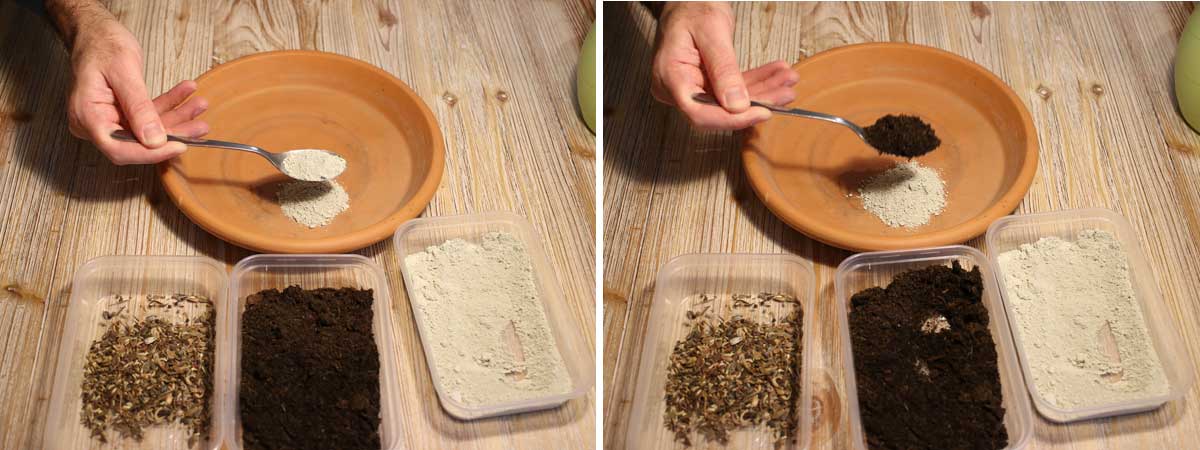
- Add a few seeds to the mixture and then add a little water. Go slowly: it’s better to add a small amount of water and add more if needed.
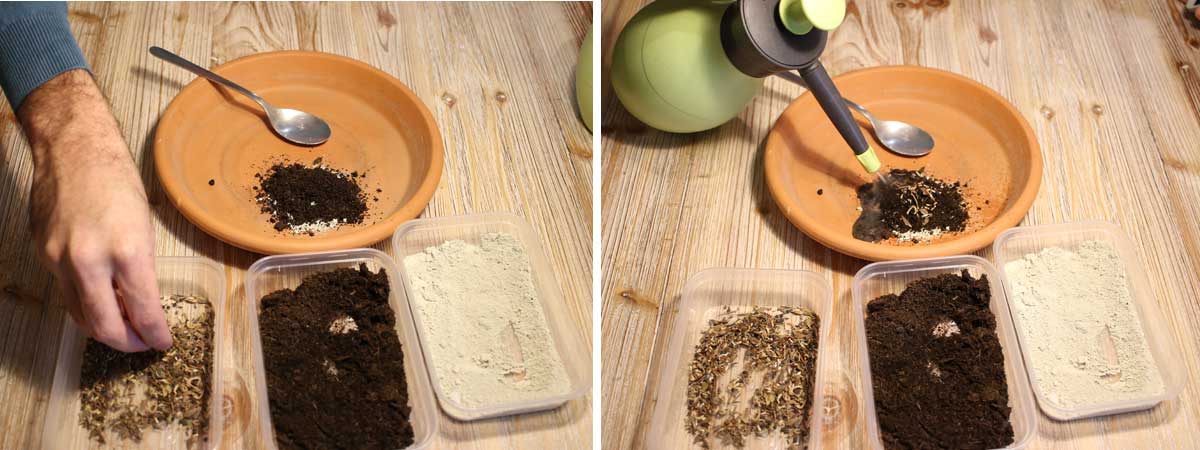
- Mix all the ingredients together to form a compact ball.
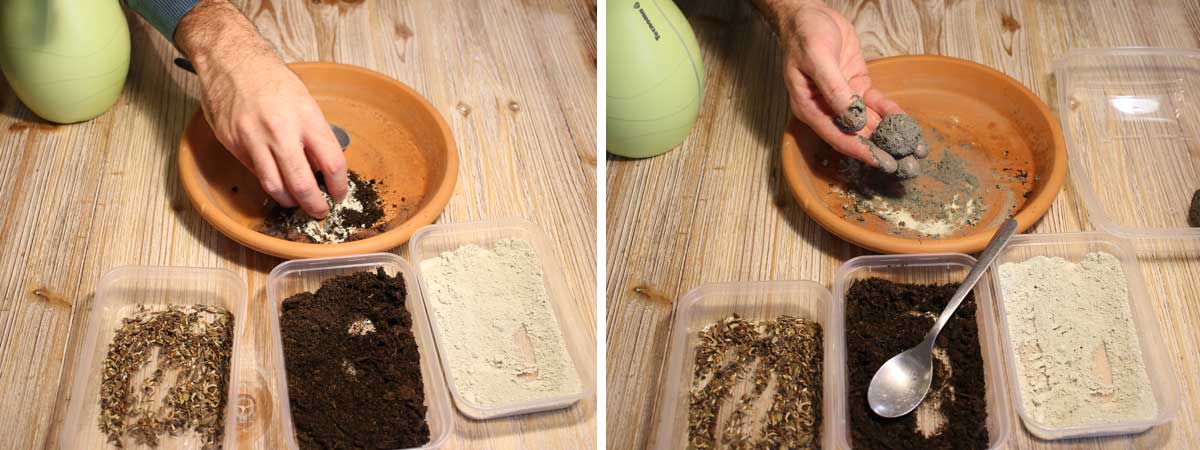
- Leave to dry for at least 24 hours before using them. The seed bombs will harden, making them easier to handle and the throw more effective!
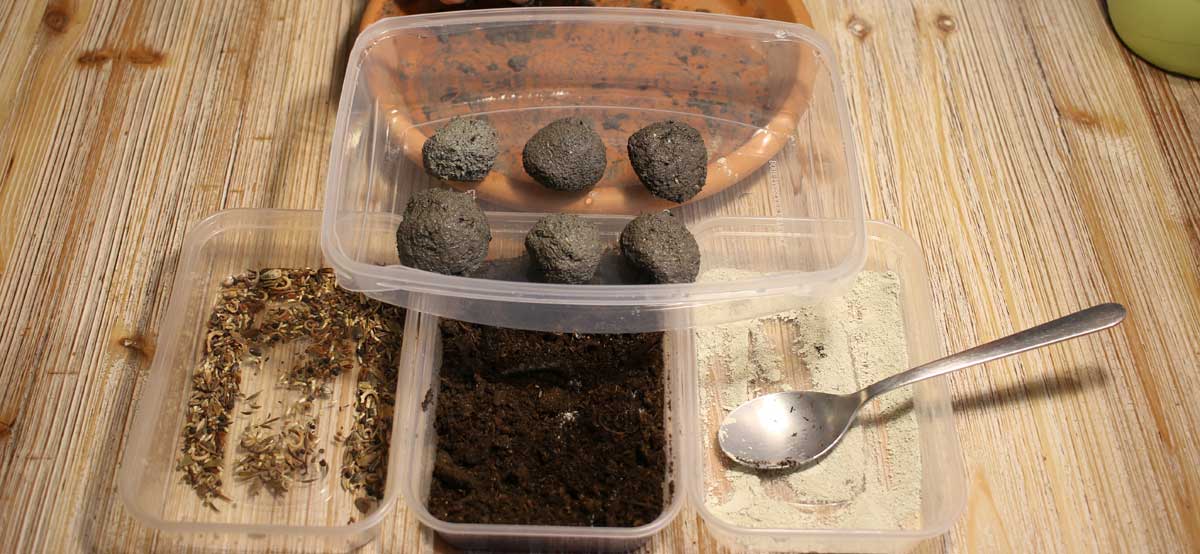
When to launch seed bombs?
The ideal time to launch seed bombs is in spring from April to June so that the plants can benefit from the spring moisture and have time to establish themselves well before flowering for the annuals.
At the first good rain, the seed bombs will soak up water, the clay will disintegrate, and the sphere will open. The seeds are thus in the right conditions to germinate.
History and Other Uses of Seed Bombs
It is Masanobu Fukuoka, the famous Japanese farmer, who rediscovers this technique originally practiced in ancient Egypt and uses it as a sowing method for his crops. Then, the seed bomb is used in the United States in 1973, with the New York movement The guerilla gardening, to bring flowers back to urban spaces. Today, they are also used to combat deforestation, particularly in Kenya!
- Subscribe!
- Contents
































Comments